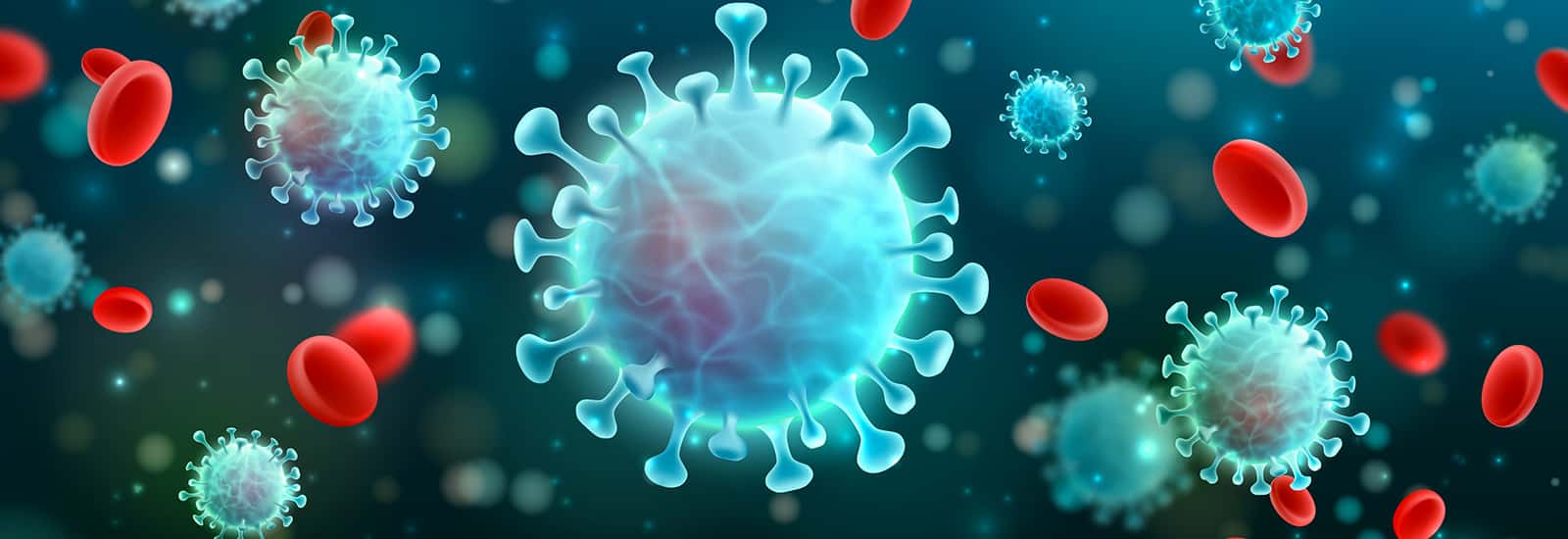Oxford scientists develop test that can identify respiratory viruses within five minutes
Thursday 9th Feb 2023, 3.57pm

The new diagnostic test could replace current methods that are limited to testing for only one infection, such as a lateral flow test for COVID-19, or otherwise are either lab-based and time-consuming or fast and less accurate.
The new virus detection and identification methodology is described in a paper published in ACS Nano, authored by DPhil student Nicolas Shiaelis and Professor Achillefs Kapanidis from the Department of Physics, and Dr Nicole Robb from the University of Warwick who is a Visiting Lecturer at Oxford’s Department of Physics.
The paper demonstrates how machine learning can significantly improve the efficiency, accuracy and time taken to not only identify different types of viruses, but also differentiate between strains.
Nicolas Shiaelis and Dr Robb collaborated with the John Radcliffe Hospital to validate the new method. The ground-breaking testing technology combines molecular labelling, computer vision and machine learning to create a universal diagnostic imaging platform that looks directly at a patient sample and can identify which pathogen is present in a matter of seconds – much like facial recognition software, but for germs.
Preliminary research demonstrated that the test could identify the COVID-19 virus in patient samples and further work determined that the test could be used to diagnose multiple respiratory infections, within five minutes and with over 97% accuracy.
Dr Robb and Nicolas Shiaelis founded Pictura Bio, a University of Oxford spinout, that now licences the technology. They are now looking for further investment to accelerate development and get it to the front line of healthcare.
‘Our aim at Pictura Bio is to turn the method into a diagnostic test by creating a dedicated imager and single-use cartridge for use in point-of-care testing, with limited input from the user. We are also expanding the number of viruses that the models are trained on and will eventually start looking at other pathogens, such as bacteria and fungi, in respiratory samples, blood and urine.’
Nicolas Shiaelis
Dr Robb said: ‘Cases of respiratory infections this winter have hit record-breaking highs, increasing the number of people seeking medical help. This combined with the COVID-19 backlog, staff shortages, tighter budgets and an ageing population puts the NHS and its workforce under immense and unsustainable pressure.
‘Our simplified method of diagnostic testing is quicker and more cost-effective, accurate and future proof than any other tests currently available. If we want to detect a new virus, all we need to do is retrain the software to recognise it, rather than develop a whole new test. Our findings demonstrate the potential for this method to revolutionise viral diagnostics and our ability to control the spread of respiratory illnesses.’
Read more about the research on the Department of Physics website.
Discover more Oxford innovation here.

